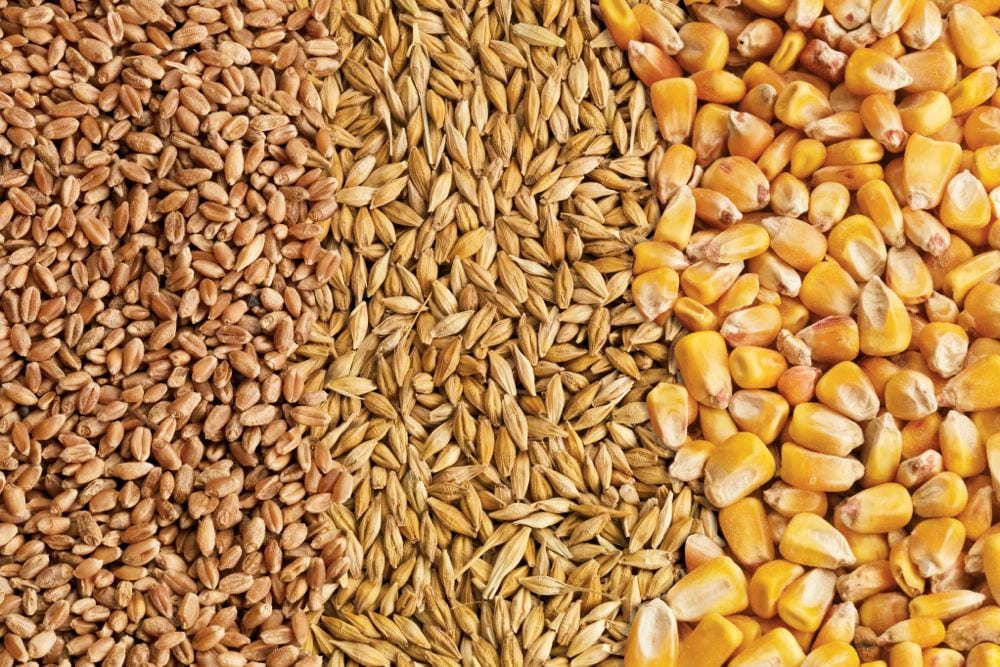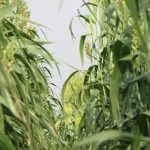Quebec’s farm lending agency expects farmers in the province to wrap up 2008 with net ag income rising to about $580 million, according to a new report on the provincial ag outlook.
L’Agroindicateur, an index released annually by La Financiere agricole du Quebec based on its own data and federal and provincial statistics, forecasts that net ag income will continue the recovery seen in 2007, reaching a level comparable to the five-year average of $570.6 million.
Increased revenue, it said, will be noticed particularly among crop producers, supported by rising prices for cereal grains.
Read Also

Feed Grains Weekly: Price likely to keep stepping back
As the harvest in southern Alberta presses on, a broker said that is one of the factors pulling feed prices lower in the region. Darcy Haley, vice-president of Ag Value Brokers in Lethbridge, added that lower cattle numbers in feedlots, plentiful amounts of grass for cattle to graze and a lacklustre export market also weighed on feed prices.
The Agroindicateur report predicts net ag income rising in 2008 from $509.7 million in 2007 and from $325.2 million in 2006. Total farm cash receipts in 2007 reached $6.75 billion, up from $6.21 billion in 2006 and above the five-year average of $6.28 billion.
But La Financiere agricole warned that rising input costs and the value of the loonie continue to put pressure on farms’ liquidity — and operating capital, which has been charted as dropping since 2004, will be in high demand. As well, the ag lender said, farms’ net income will also continue to depend on government payments.
Agriculture Minister Laurent Lessard said in La Financiere agricole’s release Thursday that the report, in the context of income levels in certain sectors, shows the province should continue its efforts to encourage and improve Quebec consumers’ use of Quebec agri-food products.
Echoing his comments in last year’s Agroindicateur report, Financiere agricole president Jacques Brind’Amour said farms remain vulnerable to fluctuations in revenue and interest rates and should continue to run as efficiently as possible, keeping a tight lid on operating costs and carefully considering their investment choices.















